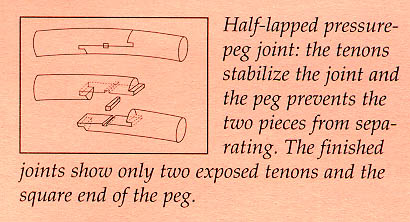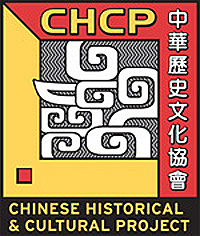|
- Home
- Horseshoe Armchairs
Horseshoe armchairs

One of the most graceful chair designs is the horseshoe armchair, which originated more than 500 years ago in the time of the Ming Dynasty.
The back rail and arms of the chair form a continuous semicircle, gently descending toward the front with the terminals of the arms bent slightly back in a rhythmic yet reserved curve.
Often coupled with tapered, S-shaped side posts, the effect is of a spherical void being gently cradled, simultaneously giving a sense of emptiness and wholeness. These inspired forms grew out of the rich tradition of Chinese craftsmanship, and the integration of aesthetic preferences with the science of joinery.
Of the existing horseshoe armchairs, most of the curved armrests are constructed with five segments, with perhaps less than 20 percent made with three segments. In making the curbed armrest of the horseshoe chair, craftsman selected wood with a naturally curbed grain that would follow the curvature of the rail, ensuring that the grain would be straight and strong at the joint.
Joinery Sets Chinese Furniture Apart

Classic Chinese furniture is unique for many reasons, including its exquisite carvings, rare woods and joinery. Each type has joints that are suited for the particular strains and stresses that will be placed on it.
An almost infinite combination of joints is possible in Chinese furniture. Familiarity with the major types and typical applications is essential for anyone interested in Chinese furniture. It is important to remember that joinery should be consistent, and construction logical. If it isn’t, there is a good possibility that the object is a copy or that it has been altered.
The most basic joint in Chinese cabinet making is the mortise and tenon. A mortise is a cut-out receptacle. A projection from the piece to be attached fits into the mortise.
There are many types of mortise-and-tenon joints. In the most basic — the butt-joined mortise and tenon — the ends of both the members to be joined are squared. If the ends are cut at an angle, it is called a mitered joint. A joint can be mitered on only one side or on both sides.

Text and Graphics Reprinted with Permission by the Copyright Holder:
Man-U Import News
980 So. Amphlett Boulevard
San Mateo, California 94402

